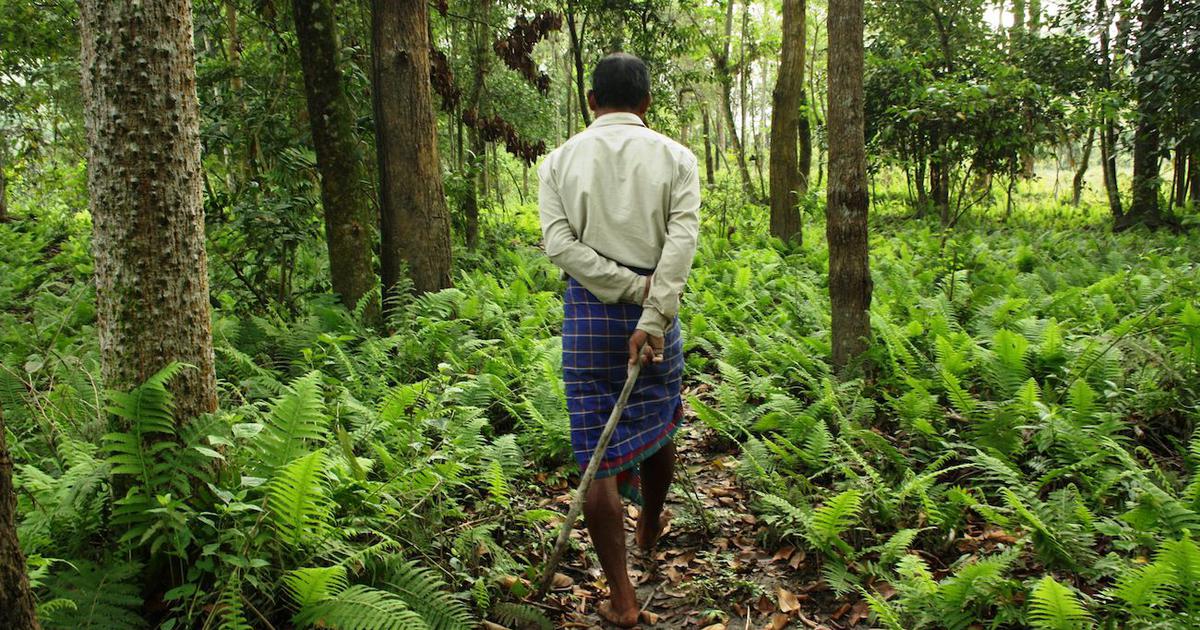The following essay provides an insight into Centre for Civil Society’s recent Primer, Opening Gates for India’s Keepers of Forests, 2022.
After nearly fifteen years of the Forest Rights Act (2006), it is common knowledge that there is a dissonance between what was intended, and what was implemented. The Act intended to initiate a transfer of land back to the indigenous and tribal communities that were the traditional caretakers of the land, before they were stripped away from it. Several reasons exist as to why the existing number of claims of forest dwelling communities have been far greater than the number of claims that have been accepted. One of the main reasons for this is that it would transfer control of the forest and forest resources from the forest department to the forest-dwelling communities. The rights that forest communities get over the non-timber forest produce turnover is close to 6,000 crores per annum, and a push away from it is something that the forest department isn’t on board for.
Forests in India, as per the 42nd Amendment to the Constitution, are now regulated by both the Union and the state governments, with the Union government having the final say. However, several cases have surfaced of states using archaic laws that undermine the spirit of the Forest Rights Act (FRA). Owing to which, it has been observed that the implementation of the FRA has been incredibly irregular across states.
For the purpose of this article, I will be comparing the implementation of the Forest Rights Act across three states – Gujarat, Madhya Pradesh, and Odisha – to discuss said irregularities in implementation.
The common point of origin among these case studies is the fact that at distinct points in their history, the sale of minor forest produce (MFP) in the state was nationalised. In Gujarat, the sale of four items – Timru leaves, Mahuda flowers, Doli and all types of gums – were nationalised under the Gujarat Minor Forest Produce Trade Nationalisation Act, 1979. Only after the enactment of PESA (Panchayats (Extension to Scheduled Areas) Act, 1996), the ownership of MFP was given to Gram Sabhas. On the 24th of May 2017, post the enactment of PESA, the aforementioned MFP were also denationalised. Despite this progress, however, in the case of nationalised MFP, Gujarat’s state-run MFP corporation trades in MFP from scheduled areas “on behalf of gram panchayats/sabhas,” as per GSFDCL. In the case of non-nationalised produce, transit permits continue to be present as an issue.
Even in Madhya Pradesh, the state with the largest production of Kendu leaves (25%), the implementation is far from perfect. The nationalised MFP items are Kendu leaves, Sal seeds, and Kullu gum. The trade of the MFP items was to be carried out solely by the state government under the Madhya Pradesh Vanopaj (Vyapar Viniyaman) Adhiniyam, 1969. Upon the advent of the Forest Rights Act, Madhya Pradesh was the first to initiate the transfer of MFP-ownership to gram sabhas. However, in 2017, the MP Lokayukta alleged that the state MFP Co-operative Federation had retained an amount close to INR 500 crores, which was supposed to have been dispersed to MFP collectors. Therefore, the hindrances from the Forest Department continue to prevail, and here they take the shape of retention of funds.
Finally, in the case of Odisha, the state monopoly on forest produce was enabled by the Orissa Forest Produce (Control of Trade) Act, 1981. This continued till 2000, when the state of Orissa came out with an MFP policy, the entire purpose of which was to recognize the rights of the forest dwelling communities over forest produce. However, even after said policy, gram sabhas weren’t given the rights for price determination of MFP. At present, Orissa’s implementation of the FRA witnesses mid-level completion – while some villages have rights over the collection, sale, and transport of MFP, a lot of them are still struggling.
As is evident, the inter-state irregularities in the implementation of the FRA are gargantuan. However, the solution to all of those irregularities is simple. It rests in enabling forest dwellers with the rights to MFP, and removing the hindrances in their way to actualise and exercise those rights. The success of the FRA is in the empowerment of forest communities.
Read more: Lessons from History: Failure of Price Controls
Post Disclaimer
The opinions expressed in this essay are those of the authors. They do not purport to reflect the opinions or views of CCS.






